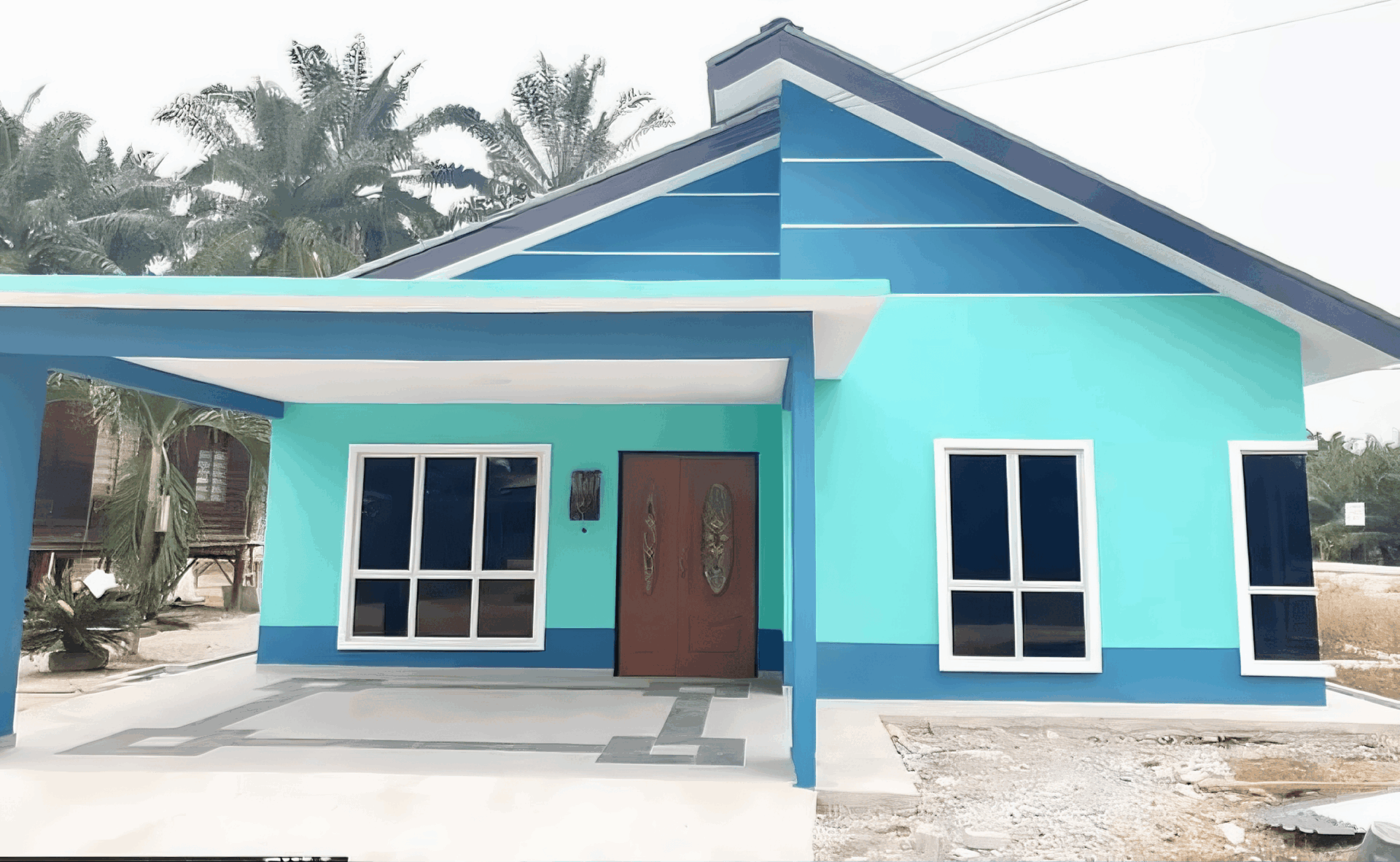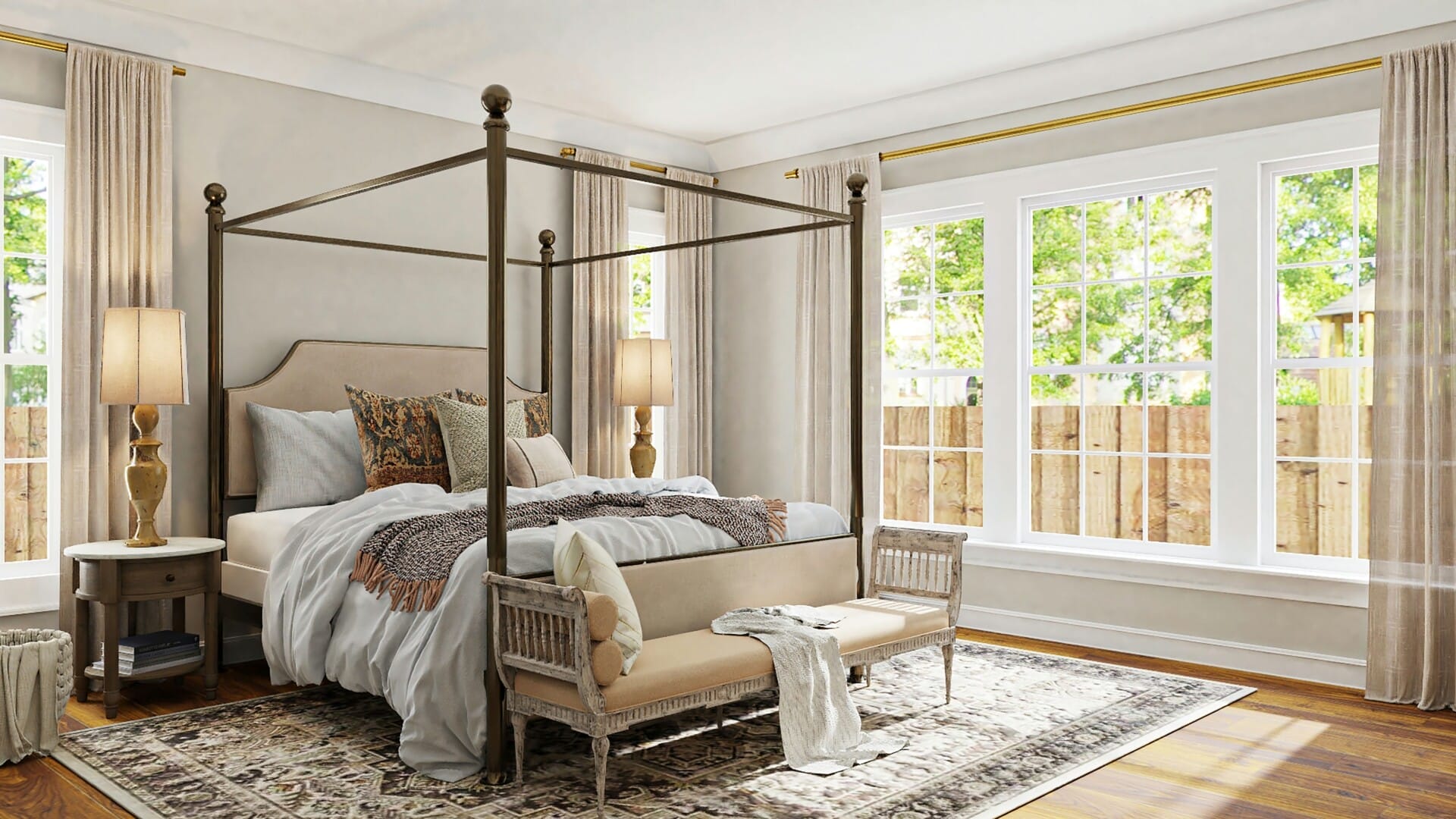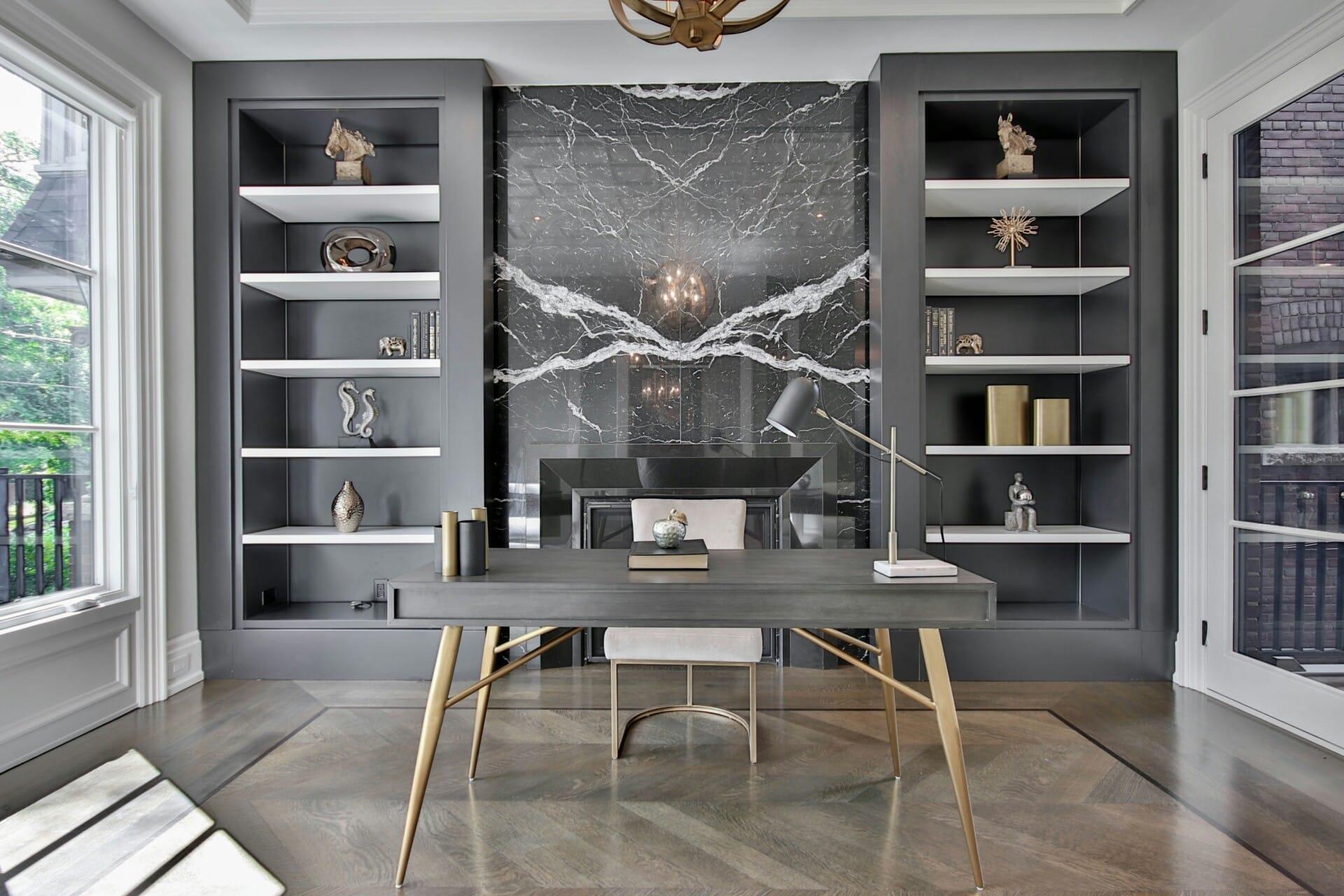Hey there, fellow Malaysians! Have you ever stopped to think about the unsung heroes of our economy? You know, those hardworking sectors that often fly under the radar while quietly powering our nation’s growth? One of the biggest players in this game is the construction industry. It’s not just about buildings popping up left and right; it’s about creating jobs, boosting local economies, and laying down the very infrastructure that supports our everyday lives. From towering skyscrapers in Kuala Lumpur to new housing projects in small towns, the impact of construction is everywhere—yet it often gets overlooked. In this article, we’ll dive into why the construction industry deserves a round of applause for its vital role in shaping Malaysia’s economic landscape. Let’s uncover the stories and stats that showcase this sector as the true backbone of our nation’s progress!
The Growth Engine of Malaysias Economy
The construction industry is a vital contributor to Malaysia’s overall economic framework, often working quietly in the background yet making significant impacts on the nation’s growth. As urban areas expand and infrastructure evolves, the construction sector is redefining skylines and communities alike. With a workforce that encompasses a diverse range of skilled laborers and professionals, this industry not only generates employment but also serves as a catalyst for enhanced productivity across various sectors.
Key factors that underpin this growth include:
- Infrastructure Development: Large-scale projects such as highways, railways, and airports facilitate the movement of goods and people, effectively connecting regions and boosting commerce.
- Housing Initiatives: With a growing population, the demand for housing has surged, leading to increased investments in residential developments that cater to various income levels.
- Government Initiatives: The Malaysian government plays a crucial role through policies and funding aimed at stimulating growth in this sector, prioritizing sustainable and inclusive development.
Moreover, the ripple effect of construction projects extends beyond just bricks and mortar. It influences a wide range of industries, contributing to economic diversification. For instance, suppliers of raw materials, architects, and contractors all gain from the thriving activity within construction, illustrating how interconnected our economy truly is. Here’s a simple table highlighting the sectors that benefit from construction:
| Benefiting Sectors | Impact |
|---|---|
| Real Estate | Increased property values |
| Manufacturing | Boost in demand for building materials |
| Transportation | Enhanced logistics and mobility |

Shaping Infrastructure Development and Urban Growth
The construction industry in Malaysia is more than just bricks and mortar; it’s the backbone of urbanization and a catalyst for progress. From the rise of apartment complexes to the sprawling highways that connect rural communities to city centers, the industry shapes the very landscape we live in. As our cities expand, the demands for infrastructure grow, creating a ripple effect that fuels economic activity. The creation of parks, schools, and hospitals isn’t just a matter of building; it’s about establishing a foundation for a better quality of life.
Moreover, with urban centers becoming more populated, effective infrastructure development is crucial for sustainable growth. A well-planned city can tackle problems like traffic congestion and inadequate public amenities. The construction industry plays a key role by investing in the following:
- Smart Transportation Systems: Enhancing connectivity with modern public transport options.
- Green Spaces: Urban parks and recreation areas that promote healthy living.
- Affordable Housing: Building accessible homes for all income levels.
This ongoing evolution in infrastructure also creates numerous job opportunities for the local workforce. In fact, the table below highlights the key employment sectors within the construction industry that are vital for Malaysia’s economic health:
| Sector | Job Opportunities |
|---|---|
| Civil Engineering | 100,000+ |
| Architecture | 50,000+ |
| Construction Management | 80,000+ |

Driving Employment Opportunities Across the Nation
The construction sector has quietly emerged as a powerhouse of employment opportunities in Malaysia, creating thousands of jobs across various skill levels. From highly skilled engineers to laborers, this industry offers a diverse range of positions that cater to the strengths and abilities of many Malaysians. Notably, the construction field promotes career growth at different stages; individuals often start in entry-level roles and can ascend to managerial positions with the right experience and training.
Moreover, the benefits of this industry extend beyond immediate employment. The construction sector plays a crucial role in boosting local economies. When projects break ground, they often lead to a multiplier effect, stimulating demand for local materials, services, and even catering. As businesses arise to support construction activities, new job opportunities are created in adjacent sectors, further enriching the employment landscape. Key contributing aspects include:
- Infrastructure development, enhancing connectivity and access.
- Increased demand for skilled trades, such as carpentry and plumbing.
- Promoting entrepreneurship through sub-contracting opportunities.
Lastly, the Malaysian government’s commitment to infrastructure improvement, evident in initiatives focused on affordable housing and public transportation systems, highlights the construction industry’s pivotal role. By aligning national policies with the industry’s growth, we can expect an escalation in job creation that directly addresses unemployment concerns. To showcase this impact more clearly, here’s a snapshot of the projected employment opportunities within the construction sector over the next five years:
| Year | Projected Jobs Created |
|---|---|
| 2025 | 15,000 |
| 2025 | 20,000 |
| 2026 | 25,000 |
| 2027 | 30,000 |
| 2028 | 35,000 |

Innovation and Technology: The New Frontier in Construction
The construction industry is embracing cutting-edge tools and concepts that are reshaping how we build and maintain our urban landscapes. Digital innovations like Building Information Modeling (BIM) and advanced project management software are now commonplace, allowing teams to collaborate seamlessly, visualize structures before they’re built, and optimize workflows. This shift not only reduces errors and rework but also boosts project efficiency and streamlines communication among stakeholders.
Meanwhile, sustainable technologies are taking center stage, with green building materials and energy-efficient designs becoming the norm. Builders are increasingly adopting practices that minimize waste and maximize sustainability. Innovations such as prefabrication and modular construction are revolutionizing timelines, allowing projects to be completed significantly faster while reducing the carbon footprint.
| Innovation | Impact on Construction |
|---|---|
| BIM (Building Information Modeling) | Enhances visualization and collaboration |
| Prefabrication | Speeds up project delivery and minimizes site waste |
| 3D Printing | Enables quick production of materials with less cost |
| Smart Building Technologies | Improves energy efficiency and maintenance |
The integration of these innovations signifies that the construction industry is not just about bricks and mortar. It’s a transformative force capable of driving Malaysia towards a more sustainable future. With ongoing investment and focus in technology, the sector is well-poised to enhance productivity, create jobs, and ultimately contribute significantly to the nation’s economy.

Sustainability Practices: Building for a Greener Future
In an era where environmental consciousness is on the rise, the construction industry in Malaysia is stepping up to the plate, adopting innovative practices that not only benefit the economy but also help safeguard the planet. With a growing emphasis on green architecture, builders are increasingly incorporating sustainable materials and energy-efficient designs. This shift not only leads to reduced carbon footprints but also paves the way for a cleaner, healthier environment. Here are some practices that are becoming integral to construction projects:
- Use of Sustainable Materials: More builders are opting for locally sourced wood, recycled metals, and eco-friendly cement alternatives to minimize the ecological impact.
- Waste Reduction Initiatives: Implementing strategies to reduce construction waste through efficient planning and recycling methods is gaining traction.
- Energy-Efficient Designs: Introducing features such as solar panels and energy-efficient HVAC systems not only cuts emissions but also reduces long-term operational costs.
Moreover, developers are beginning to embrace the concept of green certifications, like the Green Building Index (GBI) in Malaysia, which encourages the widespread adoption of sustainable practices. This certification not only bolsters the industry’s reputation but also attracts investors keen on projects that align with their values. Companies that prioritize sustainability in their blueprints are often rewarded with:
| Benefits of Sustainable Practices | Impact |
|---|---|
| Increased Property Value | Higher resale and rental rates |
| Operational Savings | Lower utility costs for residents |
| Enhanced Community Well-being | Healthier living spaces |

The Role of Government Policies in Industry Advancement
Government policies play a pivotal role in shaping the future and productivity of the construction industry in Malaysia. By implementing supportive measures and regulations, the government can create a conducive environment for growth. These policies not only encourage investment from local and foreign entities but also prioritize sustainable practices. For instance, initiatives aimed at promoting green building technologies are gaining traction, allowing construction firms to reduce their environmental impact while potentially lowering operational costs.
In addition to fostering innovation, government subsidies and grants can make a significant difference. By offering financial assistance for essential projects, the government boosts the construction sector’s capability to deliver infrastructure that benefits the economy. This can lead to job creation, improved public amenities, and enhanced connectivity in urban and rural areas alike. Such policies lead to a multiplier effect, where investments in construction stimulate further economic activities, proving that every ringgit spent has the potential to yield substantial returns.
Moreover, the enforcement of strict regulations ensures quality control and safety in construction practices. The government’s role in setting standards helps to maintain a level playing field among contractors, promoting fair competition. As a result, talented professionals are encouraged to enter the industry, pushing its boundaries. A well-regulated construction landscape not only contributes to economic stability but also ensures that projects meet the needs of the community, thus reinforcing the construction industry as a core pillar of Malaysia’s economic success.

Navigating Challenges: Risks and Opportunities Ahead
The construction industry in Malaysia is currently standing at a crossroads, facing various challenges that test its resilience. Key factors such as fluctuating material costs, regulatory changes, and labor shortages can feel like obstacles. But amid these hurdles, there are also avenues ripe for exploration. For instance, adopting innovative technologies and sustainable practices not only mitigates risks but also enhances efficiency. Emphasizing digitalization in project management can drastically reduce costs and improve timelines, paving the way for a more robust economy.
Alongside these challenges, opportunities abound for contractors and developers willing to embrace change. The push towards smarter infrastructures, particularly within urban centers, reflects a growing demand for eco-friendly solutions. Considerations like smart homes and energy-efficient buildings are not just trends; they’re the future. Here are a few opportunities worth mentioning:
- Increased investment in green building technologies
- Government support for infrastructure development
- Growth in public-private partnerships
However, navigating these waters will require a keen understanding of both local and global market dynamics. Companies that adapt swiftly to changing regulations and embrace collaborations will likely stay ahead. Here’s a snapshot of the current state of risks and prospects:
| Risk Factors | Opportunities |
|---|---|
| Supply chain disruptions | Emergence of local suppliers |
| Regulatory compliance | Government incentives for innovation |
| Labor shortages | Upskilling the workforce through training programs |

Future Prospects: The Path to a Resilient Construction Sector
The construction sector in Malaysia is on the verge of transformation, with advancements in technology and sustainability becoming pivotal to its resilience. The shift towards digitalization has opened up new avenues for efficiency, allowing builders to streamline processes, reduce waste, and enhance project management. Tools like Building Information Modeling (BIM) and drones not only improve precision but also provide real-time monitoring, ensuring that projects stay on track, on budget, and up to standard.
Moreover, the growing emphasis on eco-friendly practices is shaping a future that prioritizes sustainability. As more companies adopt green building methods, we can expect a rise in the use of renewable materials and energy-efficient structures. The government is also incentivizing these practices through various initiatives, which encourages more stakeholders to invest in sustainable construction. This shift not only aligns with global environmental goals but can also attract more foreign investments in the long run.
Lastly, enhancing the skill set of the workforce is crucial to adapting to these changes. By investing in training programs and certification workshops, we can equip our workforce to embrace new technologies and methods. Collaboration between educational institutions and construction firms can pave the way for a skilled labor pool ready to tackle the demands of a modern construction landscape. This holistic approach will ensure that Malaysia’s construction industry remains robust and competitive, ready to face future challenges head-on.
Closing Remarks
As we wrap up our little journey through the bustling world of Malaysia’s construction industry, it’s clear that this sector is doing more than just laying bricks and pouring concrete. It’s like the quiet architect of our economy, holding up the framework of growth, development, and opportunity—yet still flying under the radar for many of us.
From providing jobs to uplifting communities, the construction industry is at the heart of our nation’s progress. So, the next time you drive by a towering skyscraper or a new road under construction, take a moment to appreciate the behind-the-scenes heroes making it all happen. They’re not just building structures; they’re building a future for Malaysia.
Let’s start recognizing and celebrating this unsung hero for what it truly is: a vital force driving our economy forward. Here’s to the impactful work happening in the shadows—may it get the spotlight it deserves!







